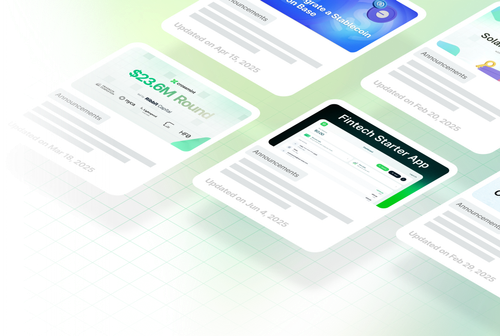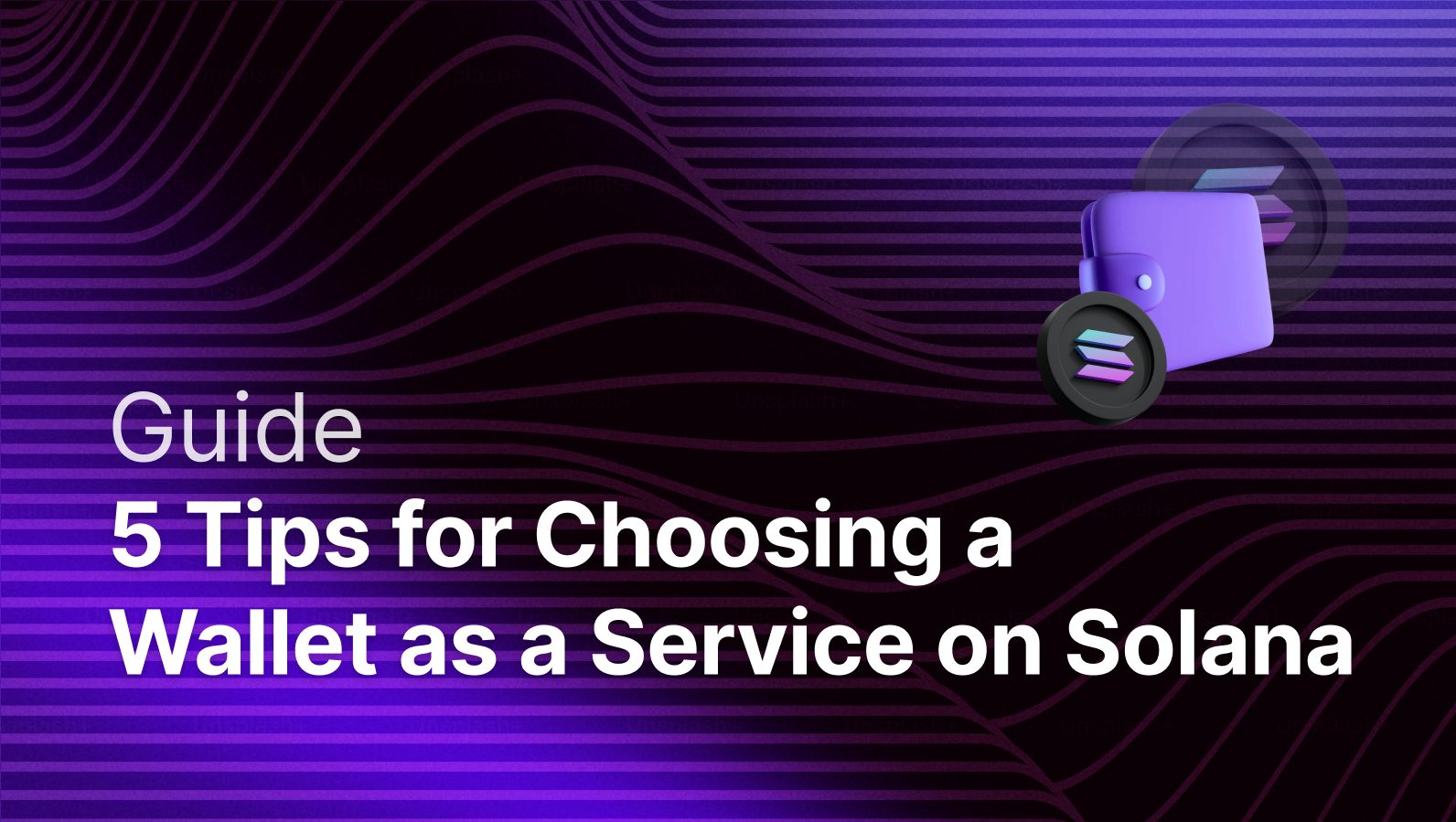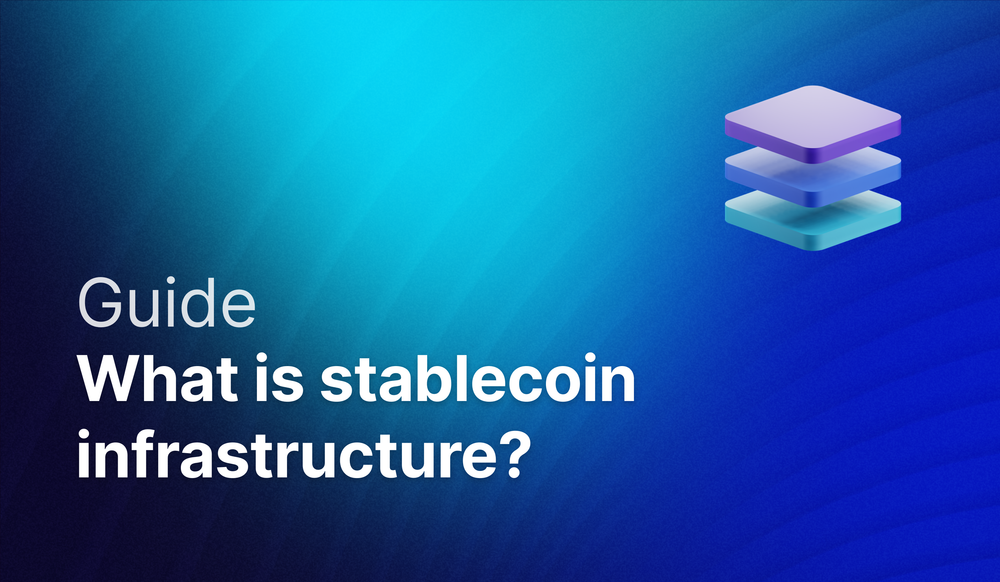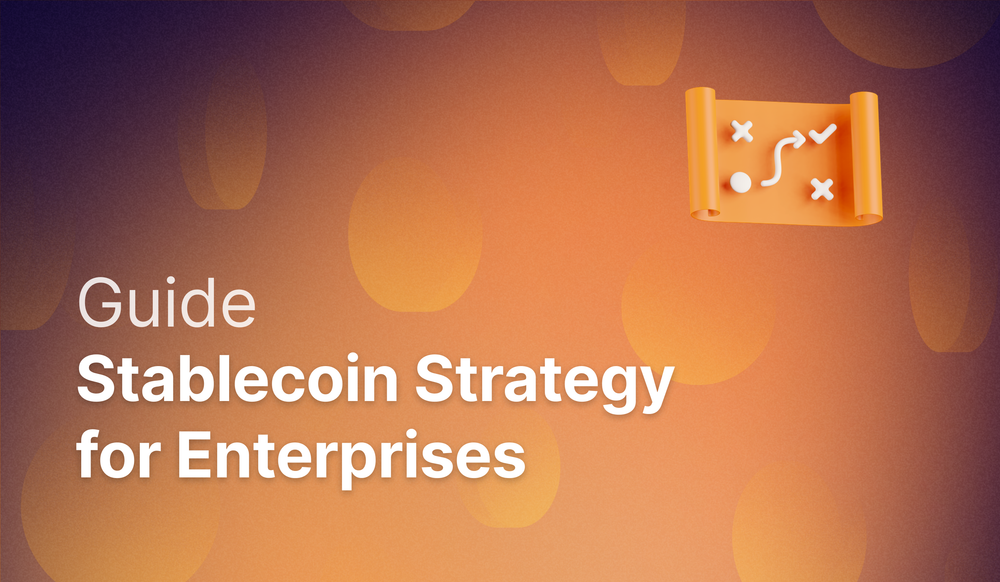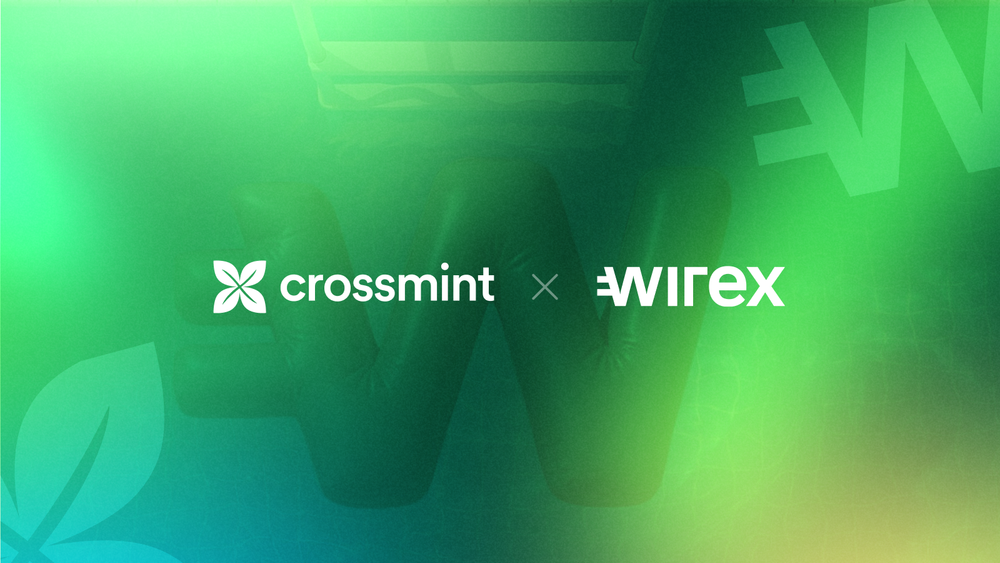You're ready to build on Solana, but choosing wallet infrastructure that can scale with you is holding you back. Most providers promise flexibility but deliver rigid systems. Others offer powerful features that require months of custom development. And by the time you realize your provider's limitations, switching means disrupting your entire user base.
This scenario plays out weekly for fintech companies, AI agent platforms, and web3 platforms building on Solana. They need wallet infrastructure that's flexible enough to launch globally, powerful enough to scale, and simple enough that users never see a seed phrase. Yet most wallet providers force you to choose: either lock yourself into their proprietary system or build everything from scratch.
The right Wallet as a Service (WaaS) partner changes this equation entirely. Here are five practical tips to evaluate providers—and avoid costly mistakes.
Tip #1: Ensure You Can Switch Providers Without Disrupting Users
Here's what nobody talks about: switching wallet providers is near impossible.
Many vendors use wallet structures (like EOAs—Externally Owned Accounts) that are tightly coupled to their own systems. If you want to switch, users must export private keys (risky), create new wallets (disruptive), or transfer all assets (expensive). This gives providers leverage to raise prices and deliver poor service.
True portability means you can migrate providers or bring wallet management in-house without disrupting users. Look for providers that let you take over solana smart wallets and rotate signers—no address changes, no key exports, no asset transfers.
Why this matters:
For Fintech Companies:
- Your users have specified that wallet address that you created for them to receive payments, signed up with it on third-party sites, and more—changing addresses breaks everything
- Without migration options, providers can increase prices knowing you're trapped
For AI Agent Companies:
- Migration can be costly especially considering the compliance risks with agents managing money
- Getting stuck with a specific architecture means you can’t change it easily even if you need to for regulatory reasons. Wallet-as-a-Service providers that offer dual-key wallet architecture for AI agent companies help significantly with navigating the ever-changing regulatory landscape.
For Web3 Companies:
- Users integrate wallet addresses across multiple dApps
- Address changes break composability and user workflows
- True ownership means users can always access their assets
Tip #2: Choose Flexible Custody That Adapts With You
Most wallet providers offer either custodial or non-custodial wallets—not both. This forces you to predict your future needs before you've even launched.
Your regulatory needs will evolve. You might start non-custodial to launch quickly, then add custodial options as you obtain licenses.
Why this matters:
For Fintech Companies:
- Flexible custody lets you quickly adapt to changing regulations and user preferences without rebuilding infrastructure
- Launch in new markets faster by tailoring custody models to local regulatory requirements and user expectations
For AI Agent Companies:
- AI agents need to hold and spend money autonomously, but risk and compliance requirements vary by use case
- Set the right guardrails—using non-custodial wallets for automation and custodial or hybrid models for oversight and security
For Web3 Companies:
- Not all users are ready for full self-custody, despite Web3's ethos of user empowerment
- Onboard new users with custodial options, then let them "graduate" to non-custodial as they gain confidence
Tip #3: Look for Consistent Multi-Chain Support
Building on Solana today doesn't mean staying on Solana forever.
The worst scenario: your provider requires custom integration for each chain. Different APIs, different features, different documentation. This multiplies development time and maintenance burden.
Look for providers with consistent APIs across all supported chains. Whether you're on Solana, EVM chains, or emerging L1s, the integration should feel identical. Advanced features like gas sponsorship and transaction batching should work everywhere.
Why this matters:
For Fintech Companies:
- Multi-chain support enables global coverage and cross-border payments by integrating with the blockchains customers already use
- Stay agile as new chains gain traction, supporting a wider range of assets like different stablecoins without being tied to a single ecosystem
For AI Agent Companies:
- AI agents need to transact wherever their users or counterparties are—accessing the best liquidity, lowest fees, and widest set of services
- Multi-chain support allows agents to act as true digital workers, integrating across previously siloed systems and maximizing their utility
For Web3 Companies:
- Tap into new user bases, DeFi protocols, and token ecosystems across multiple chains without being stranded on a single one
- Future-proof your business by easily adopting new chains as the ecosystem evolves, ensuring users always have access to the latest innovations
Tip #4: Prioritize Building The Best User Experience
The best wallet infrastructure adapts to your users—whether they're retail customers, autonomous agents, or DeFi traders.
This flexibility starts with authentication. Social logins and biometrics for mainstream users. API keys and session tokens for agents. Non-custodial wallets for crypto natives.
Integration modalities should match your use case too. Headless APIs for complete control over the experience. Embedded widgets for rapid deployment with customizable styling. Pop-ups for quick integrations that don't require deep UI changes. The right provider offers all three, letting you choose based on your timeline and technical requirements.
Why this matters:
For Fintech Companies:
- In crowded markets, seamless UX—fast onboarding, intuitive wallets, and frictionless payments—drives adoption and builds brand loyalty
- Poor UX leads to abandoned signups, failed transactions, and lost customers, especially when users are comparing multiple apps for similar services
For AI Agent Companies:
- UX is about making complex, automated actions feel effortless and safe—clear controls, transparent logs, and smooth handoffs between human and agent
- Great UX turns what could be a "black box" into a trusted digital assistant that users rely on for real-world tasks
For Web3 Companies:
- Projects that deliver Web2-like, intuitive UX—easy onboarding, recoverable accounts, and simple transactions—stand out and grow faster
- Good UX is essential to onboard mainstream users, reduce drop-off, and unlock the full potential of decentralized apps and services
Tip #5: Leverage Open-Source Extensibility
Closed-source wallet infrastructure becomes a bottleneck as you scale—and a black box you can't verify.
The best providers maintain open-source ecosystems that deliver two critical benefits: transparency and acceleration. First, you can audit the code to ensure it's truly non-custodial—many providers claim "non-custodial" but won't show you the code that proves it. Second, you get pre-built templates, SDK connectors, and production-ready starter kits that dramatically reduce development time.
Look for providers with active open-source communities and comprehensive repositories. The right ecosystem gives you both trust through transparency and speed through proven foundations.
Why this matters:
For Fintech Companies:
- Audit the codebase to verify non-custodial architecture, protecting against regulatory surprises
- Open-source templates and libraries cut months from development while maintaining security and compliance standards
For AI Agent Companies:
- Verify that wallet infrastructure truly prevents custody classification through code inspection
- Access pre-built connectors and community-tested patterns for agent wallet management and security guardrails
For Web3 Companies:
- Demand transparency—open source proves your non-custodial claims to users who expect verifiability
- Skip months of complex integration work using battle-tested components that benefit from ecosystem improvements
Crossmint’s Wallet as a Service (WaaS) has you covered!
The right wallet infrastructure accelerates your business. The wrong one becomes an expensive bottleneck that's nearly impossible to replace.
Crossmint’s wallet as a service is built around the principles above. Our smart wallet architecture enables true portability—switch providers or go in-house without disrupting users. Flexible custody adapts to your evolving needs. Unified APIs work identically across 40+ chains. And our open-source agentic finance library (the most downloaded in the industry) provides 250+ pre-built integrations.
Whether you're building cross-border payments, deploying AI agents, or creating the next DeFi protocol, your wallet infrastructure should accelerate—not constrain—your growth.
Reach out to us today to learn more!


